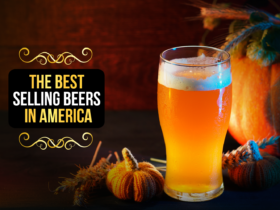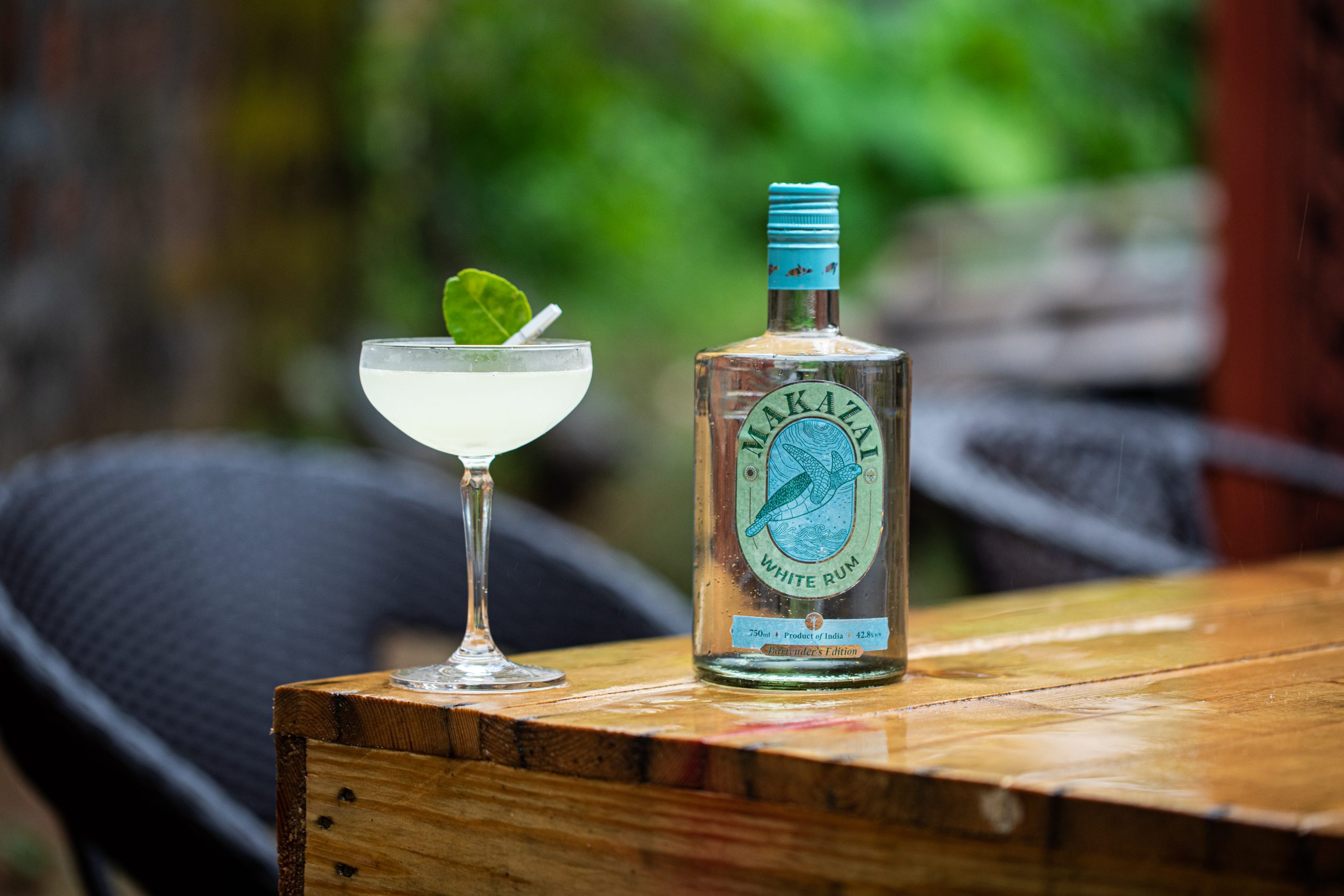Cognac is a prestigious spirit that has fascinated enthusiasts for centuries. Known for its refined taste, rich history, and meticulous production process, cognac is more than just a drink; it’s a symbol of sophistication. In this blog, we’ll explore some interesting facts about cognac that will enhance your appreciation for this exquisite spirit. Whether you’re a long-time fan or a curious beginner, there’s always something new to learn about cognac.
1. Introduction to Cognac
Cognac is a type of brandy that is exclusively produced in the Cognac region of France. Renowned for its smooth and complex flavor, cognac has become a symbol of luxury and elegance. But there’s much more to this drink than meets the eye. Here, we uncover interesting facts about cognac that make it truly unique.
2. What Makes Cognac Unique?
- Origin: The name “Cognac” is protected by law, meaning only spirits produced in the Cognac region of France can be labeled as such.
- Distillation Process: Cognac is known for its meticulous double distillation process.
- Aging: It must be aged in French oak barrels for at least two years, though many varieties age much longer.
3. Top Interesting Facts About Cognac
3.1. Cognac Can Only Come from Cognac, France
By law, cognac can only be produced in the Cognac region of France. This ensures the spirit’s quality and maintains its distinct regional character.
3.2. The Aging Process Defines the Quality
Cognac is aged in oak barrels, and the aging process plays a crucial role in developing its flavor. The longer it ages, the smoother and more complex it becomes.
3.3. Cognac Is Made from Specific Grape Varieties
Only certain types of grapes can be used to produce cognac. The most common is Ugni Blanc, which gives cognac its delicate flavor.
3.4. Double Distillation is Key
Cognac undergoes a double distillation process in copper pot stills, which helps concentrate its flavors and aromas, giving it a unique profile.
3.5. Each Barrel Adds Its Own Character
French oak barrels are used for aging, and each barrel imparts unique characteristics to the cognac, like hints of vanilla, spice, or caramel.
3.6. The Role of the Cellar Master
The cellar master is responsible for blending different cognacs to create a consistent flavor profile. Their expertise ensures that each bottle maintains the brand’s signature taste.
3.7. There Are Different Grades of Cognac
Cognac is categorized into grades such as VS (Very Special), VSOP (Very Superior Old Pale), and XO (Extra Old). These labels indicate the minimum age of the youngest spirit in the blend.
3.8. Vintage Cognacs Are Rare
While most cognacs are blends, vintage cognacs, which come from a single harvest year, are highly prized and rare.
3.9. Cognac Was Once a Pirate’s Favorite
Historically, cognac was a popular choice among pirates due to its durability during long sea voyages. It was considered a treasure among spirits.
3.10. It’s a Favorite of Royalty
Cognac has been a favorite of royalty and celebrities for centuries. Napoleon Bonaparte was famously fond of it, and it continues to be associated with luxury.
4. How to Enjoy Cognac
- Neat or On the Rocks: Many connoisseurs prefer to enjoy cognac neat or with a single ice cube to unlock its full flavor profile.
- In Cocktails: While purists may frown, cognac can be a key ingredient in classic cocktails like the Sidecar or French 75.
- Pair with Food: Cognac pairs well with fine chocolates, cheeses, and even rich dishes like foie gras.
5. Conclusion: Why Cognac Remains a Timeless Classic
The rich history, complex flavors, and meticulous craftsmanship make cognac a truly remarkable spirit. With these interesting facts about cognac, it’s clear why it remains a symbol of luxury and sophistication. Whether you’re a seasoned connoisseur or a curious beginner, there’s always something to discover in the world of cognac.
6. FAQs About Cognac
Q1: What is the difference between cognac and brandy?
A: Cognac is a type of brandy that must be made in the Cognac region of France and follow specific production methods, including double distillation and aging in oak barrels.
Q2: How should I store cognac?
A: Store cognac in a cool, dark place and keep the bottle upright to prevent oxidation.
Q3: What is the best way to drink cognac?
A: The best way to enjoy cognac is by drinking it neat in a tulip glass, which concentrates the aromas for a better tasting experience.























Leave a Reply